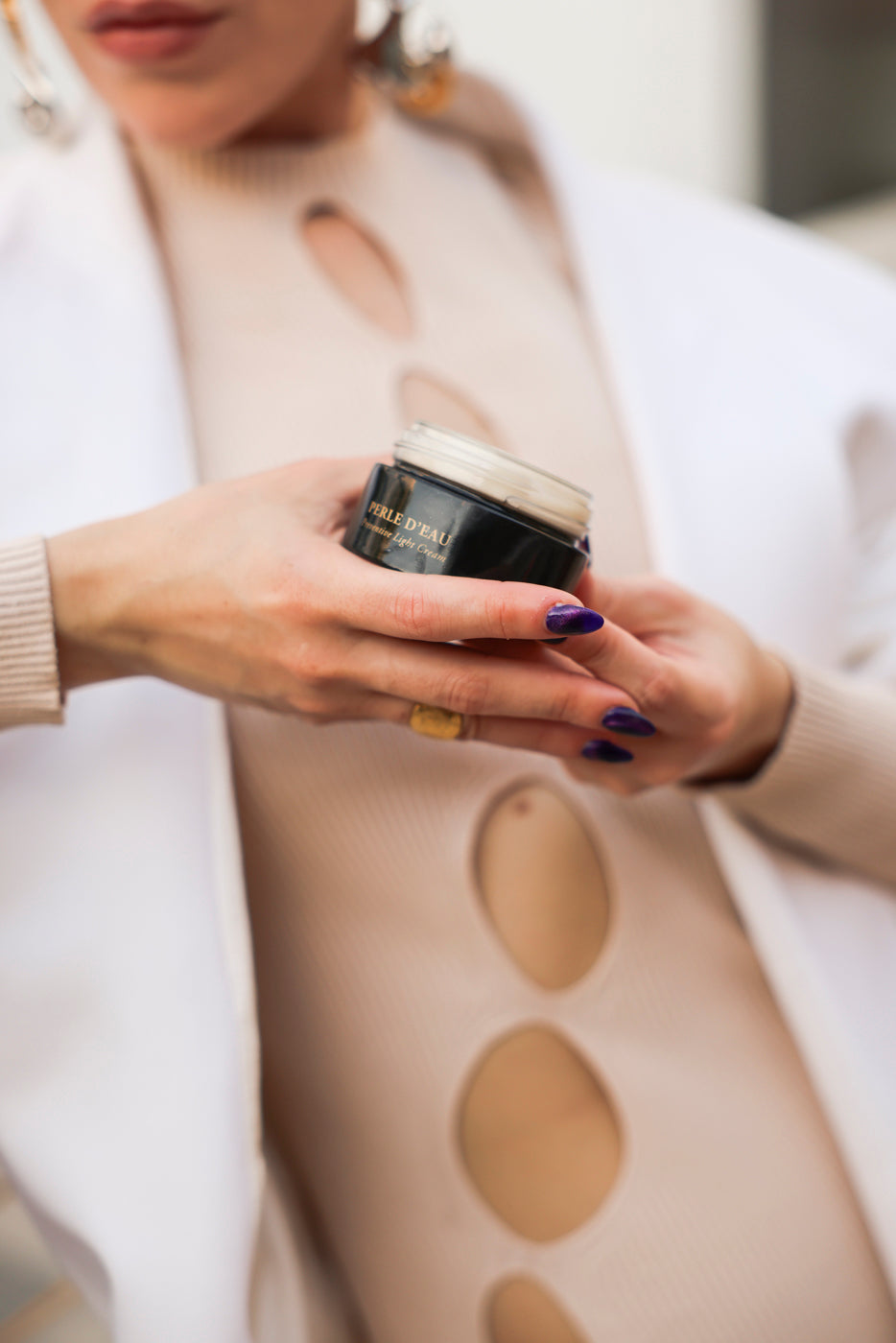Bionassay’s Skin Clique
Clique [ klik] n. 1. an exclusive circle or group of persons who share interests, views, or purposes.
Rooted in our Alpine and Caribbean heritage, Bionassay harnesses the power of natural ingredients and science to craft sumptuous skincare solutions.
Bionassay’s first chapter is an introductory note on skin health. We are excited to deliver more skincare solutions that take you on a journey toward healthy and intuitive skin care. Join our clique and unlock commissions plus other rewards!


HOW IT WORKS
APPLY
Fill out our Brand Ambassador Form.
SHARE
Tell friends and family about your custom code.
UNLOCK
Earn commissions and other ambassador-only perks.
Ready to join the clique?

Explore the Program
Free skincare solutions and goodies
Unique referral link
20% commission on your sales
20% OFF code to shop on Bionassay.com
Early access to product launches
Invite to exclusive local events
Other member only perks

